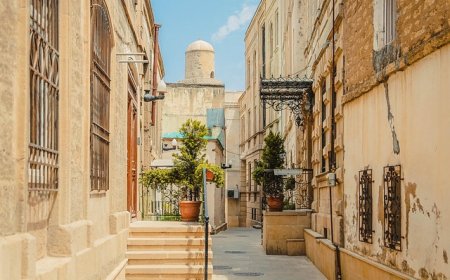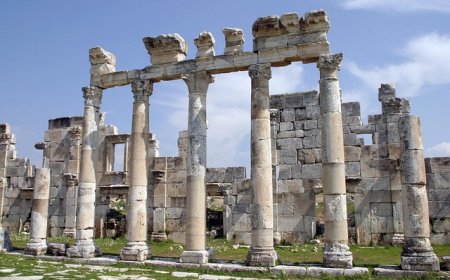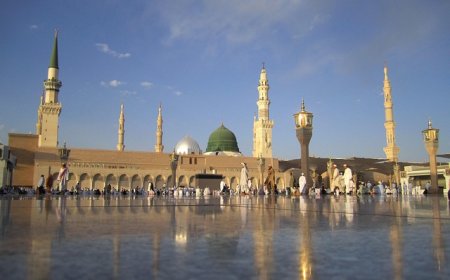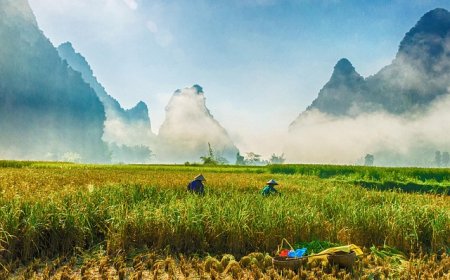Iran Facts for Kids – History, Geography, Culture & Landmarks
Learn fun and fascinating facts about Iran for kids. Explore Iran’s ancient Persian history, famous landmarks like Persepolis, beautiful landscapes, rich traditions, and its importance in the Middle East.
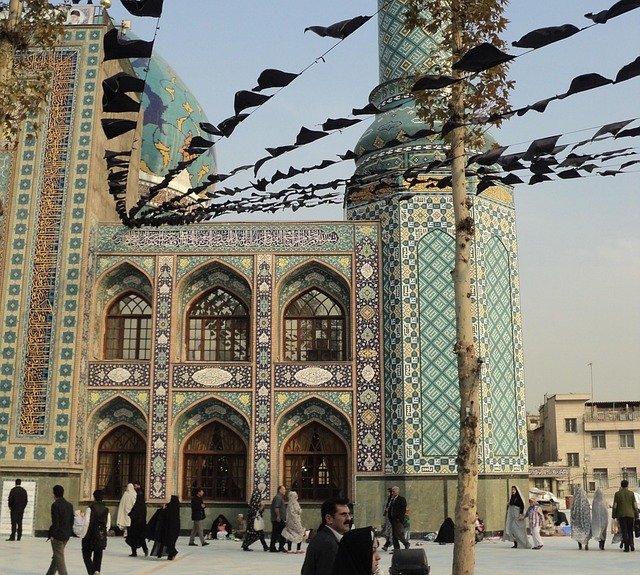
Iran: Ancient Empires, Desert Landscapes, and Persian Culture
Introduction
Iran is a large country in the Middle East known for its ancient history, Persian culture, and striking landscapes. Once called Persia, Iran is home to some of the oldest civilizations on Earth. From the ruins of Persepolis to busy cities and peaceful deserts, Iran is a land of contrasts and deep traditions.
Geography and Landscape
Iran is the second-largest country in the Middle East, after Saudi Arabia. It shares borders with Iraq, Turkey, Armenia, Azerbaijan, Turkmenistan, Afghanistan, and Pakistan, and has coasts along the Caspian Sea and Persian Gulf.
The land is very diverse:
- The Zagros Mountains stretch across the west
- The Alborz Mountains rise in the north, including Mount Damavand (5,610 m)
- Large deserts like the Dasht-e Kavir (Great Salt Desert) and Dasht-e Lut cover much of the center and east
- Green valleys, rivers, and the shores of the Caspian Sea
The climate ranges from dry desert to cold mountains and humid coastlines.
Cities and Regions
The capital city, Tehran, is the largest city, full of busy streets, museums, and modern buildings.
Other important cities include:
- Isfahan — known for beautiful mosques and bridges
- Shiraz — famous for poetry and gardens
- Mashhad — a holy city with a huge mosque complex
- Tabriz — an old center of trade and culture
People, Language, and Culture
Iran has about 88 million people, mostly Persians along with Azeris, Kurds, Arabs, and others. The main language is Persian (Farsi), and most Iranians follow Shia Islam.
Cultural highlights include:
- Persian carpets, handwoven with bright designs
- Calligraphy and miniature painting
- Classical poetry by Rumi, Hafez, and others
- Nowruz, the Persian New Year celebrated on the first day of spring
- Strong family ties and hospitality
Food and Daily Life
Iranian cuisine features rice, herbs, vegetables, and meat:
- Chelow kebab — grilled meat with saffron rice
- Ghormeh sabzi — a stew of herbs and meat
- Fesenjan — chicken cooked in walnut and pomegranate sauce
- Lavash — thin bread served with every meal
Sweets like baklava and saffron ice cream are enjoyed on special occasions. Tea is the favorite drink, served in small glasses.
Children begin school at age 6, studying Persian, math, science, social studies, and sometimes English or Arabic.
History of Iran
Iran’s history dates back to the Elamite civilization and the Achaemenid Empire founded by Cyrus the Great around 550 BCE, stretching from India to Greece.
Later rulers included Alexander the Great’s Greeks, the Parthians, and the Sassanids. With the arrival of Islam, Persian and Islamic cultures blended.
In modern times, Iran became an Islamic Republic after the 1979 Revolution and maintains a strong cultural heritage today.
Nature and Wildlife
Iran’s varied habitats support:
- Persian leopards
- Asiatic cheetahs
- Gazelles
- Brown bears
- Flamingos in wetland areas
Protected parks and reserves help conserve these species and their habitats.
Vocabulary List
| Word | Definition |
|---|---|
| Persian | Relating to Iran’s language and culture |
| Nowruz | Persian New Year celebrated in spring |
| Chelow kebab | Rice with grilled meat |
| Farsi | Another name for the Persian language |
| Islamic Republic | A country ruled by Islamic laws |
| Zagros Mountains | A mountain range in western Iran |
| Desert | Dry land with little rain |
| Hospitality | Treating guests with kindness |
Kid-Friendly Summary
Iran is a big country with mountains, deserts, and ancient cities. People speak Persian, eat rice and kebabs, and celebrate Nowruz in spring. Persian carpets and poems are famous around the world. Even though Iran has changed over time, its traditions remain alive.


















































